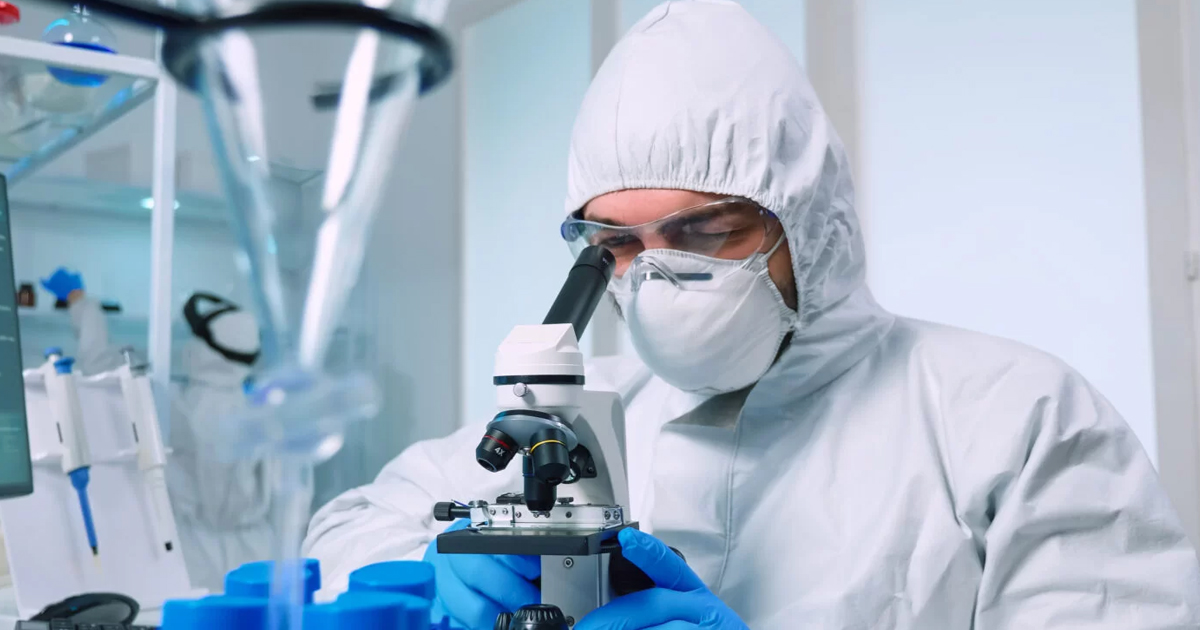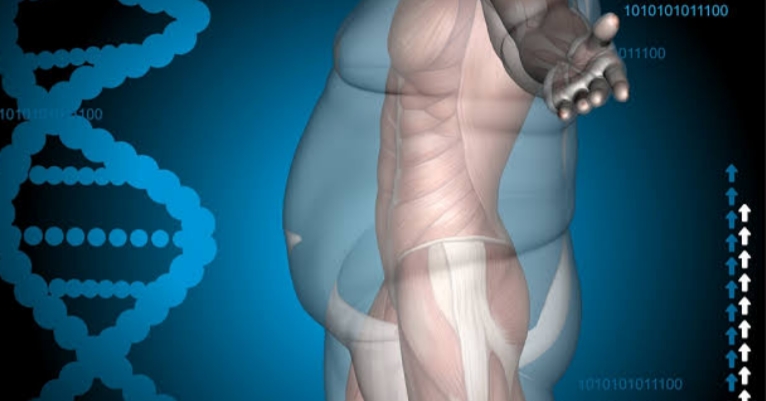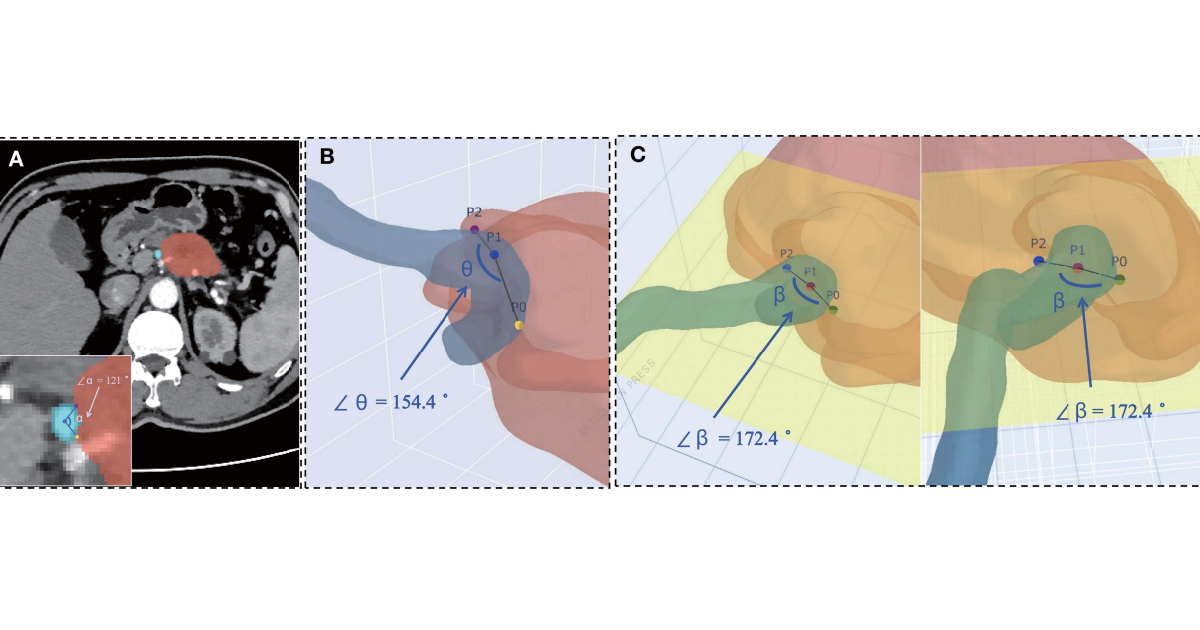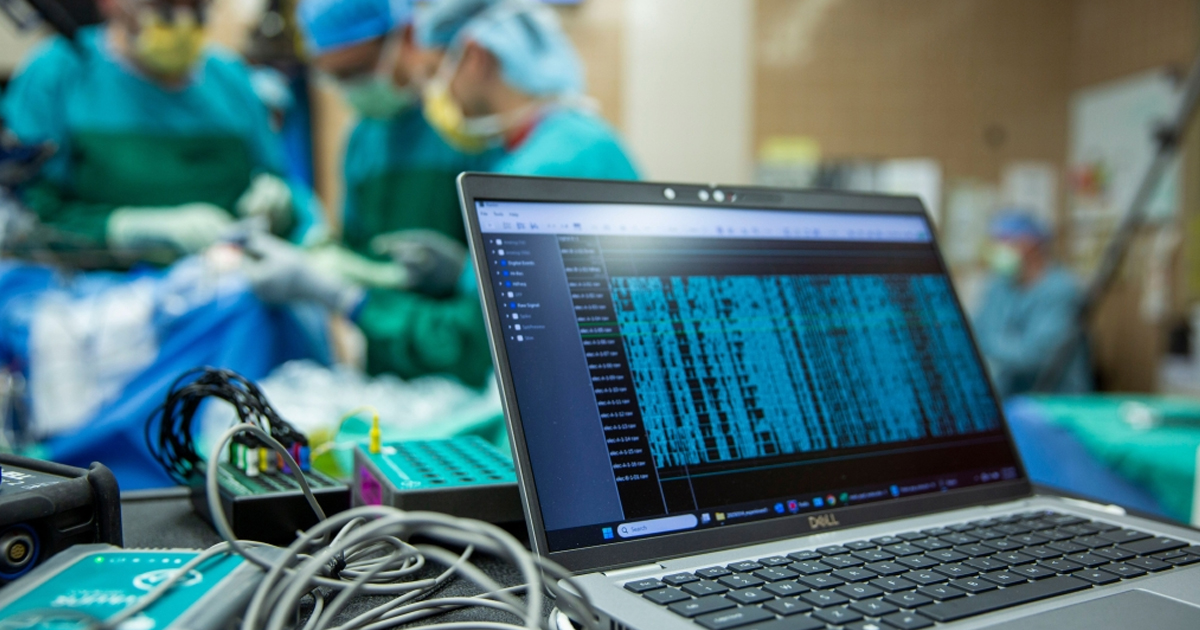Estudio publicado en The Lancet muestra procesos clínicos que favorecerían en el tratamiento temprano para la retinopatía diabética, mediante un sistema de aprendizaje profundo.
A través del cribado la ceguera causada por la retinopatía diabética puede ser prevenida, sin embargo, el reto existente es realizar el cribado a un número de pacientes que cada año incrementa. La investigación: “Predecir el riesgo de desarrollar retinopatía diabética mediante el aprendizaje profundo”, publicada en la edición de enero 2021 de la revista británica The Lancet, tuvo como objetivo crear un sistema de aprendizaje profundo para predecir el riesgo de que los pacientes con diabetes desarrollen retinopatía diabética en 2 años.
Los desarrolladores del sistema, crearon y validaron dos versiones de un sistema de aprendizaje profundo con intención de predecir el desarrollo de la retinopatía diabética en pacientes con diabetes tipo 2. Los pacientes habían sido sometidos a exámenes de detección de esta enfermedad. “La entrada para las dos versiones fue un conjunto de fotografías de fondo de ojo en color de tres campos o de un campo. De los 575 431 ojos en el conjunto de desarrollo, 28 899 tenían resultados conocidos, y los 546 532 ojos restantes se usaron para aumentar el proceso de entrenamiento a través del aprendizaje multitarea”, explican los autores sobre el método utilizado.
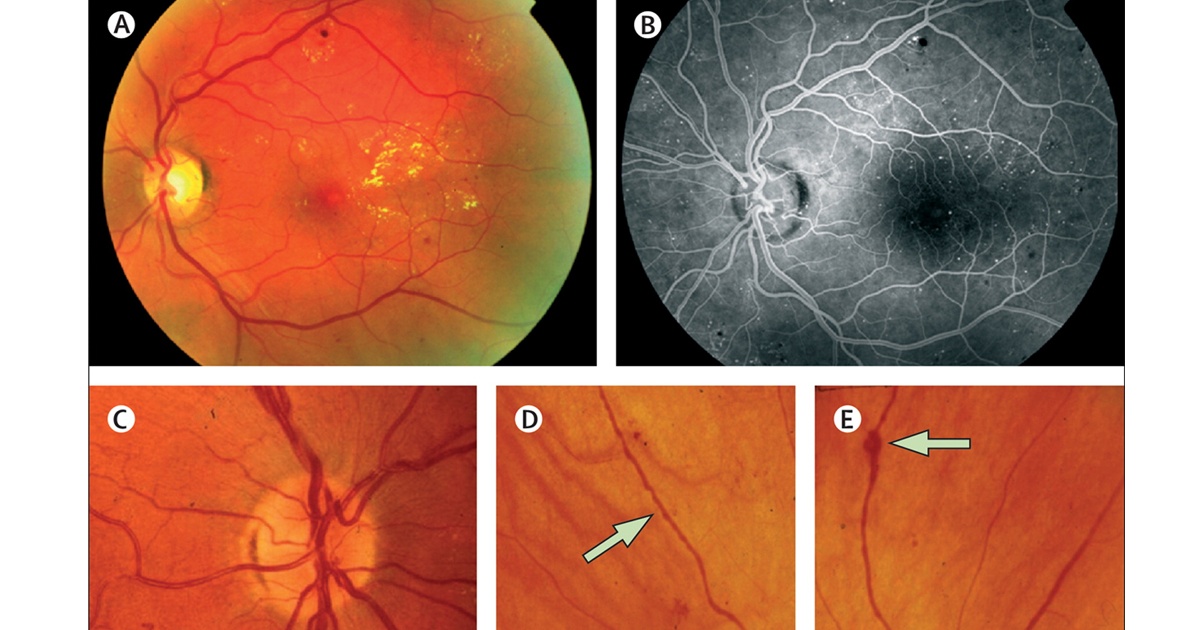
Para la validación del sistema, se seleccionó un ojo aleatoriamente por cada paciente, de 3,678 ojos de una base de datos interna, de Estados Unidos y 2,345 ojos de un conjunto de datos externos, de Tailandia. El conjunto de datos de validación interna obtuvo una mejora del AUC de 0.72 a 0.81 y el conjunto de datos externos mejoró de 0.62 a 0.71 tras la aplicación del sistema de aprendizaje profundo.
“Los sistemas de aprendizaje profundo predijeron el desarrollo de la retinopatía diabética mediante fotografías en color del fondo de ojo, y los sistemas eran independientes y más informativos que los factores de riesgo disponibles. Esta herramienta de estratificación de riesgos podría ayudar a optimizar los intervalos de detección para reducir los costos y mejorar los resultados relacionados con la visión”, concluyen los autores.


